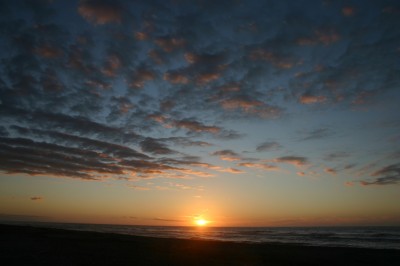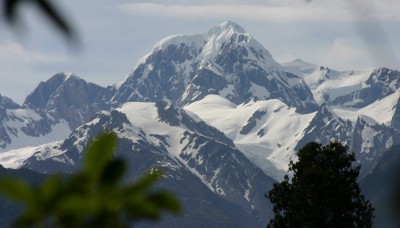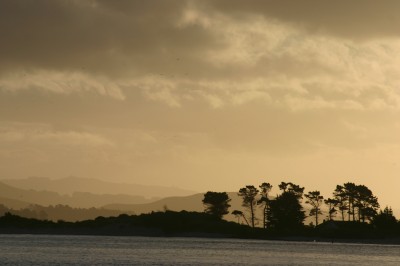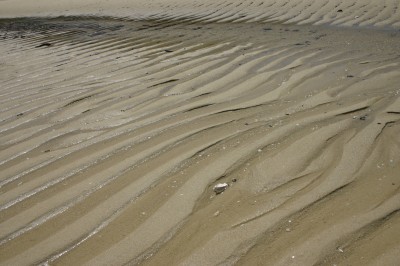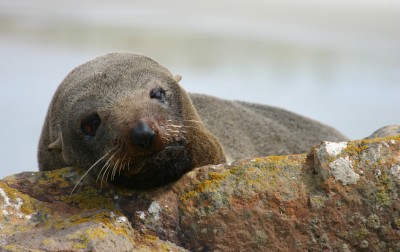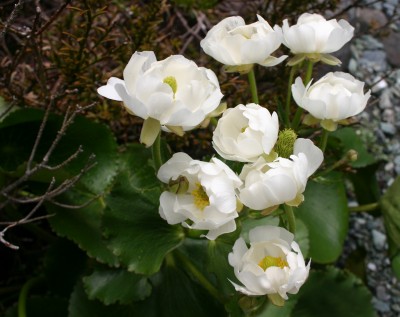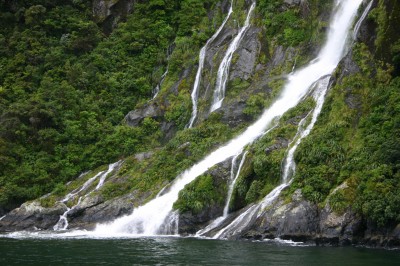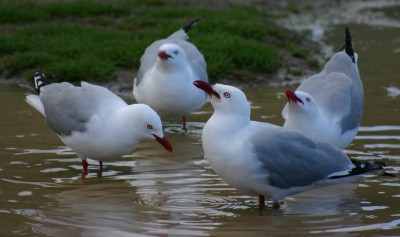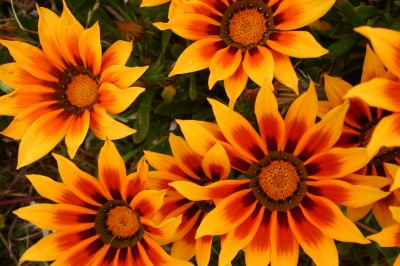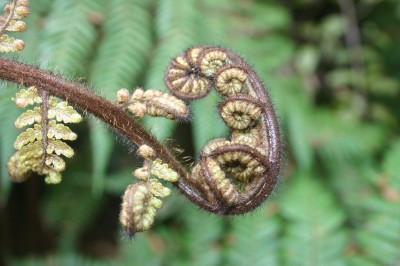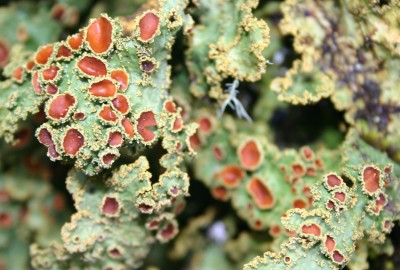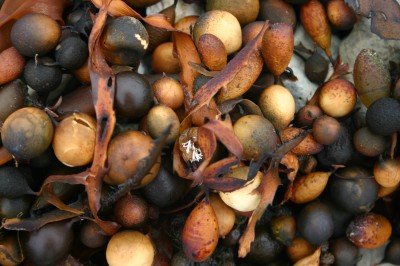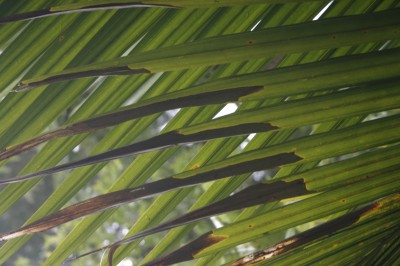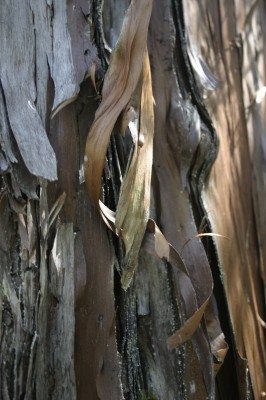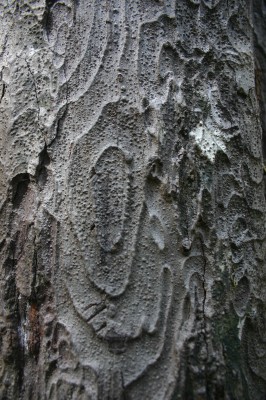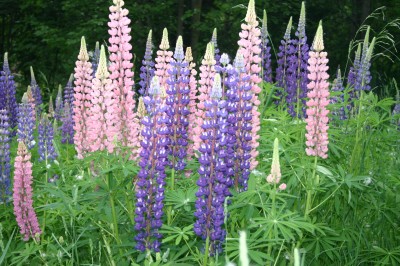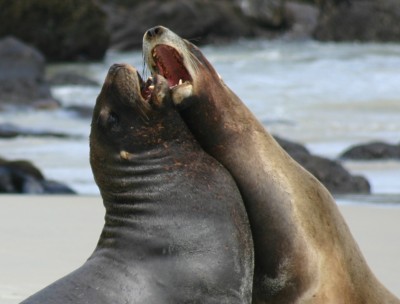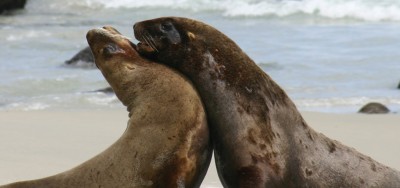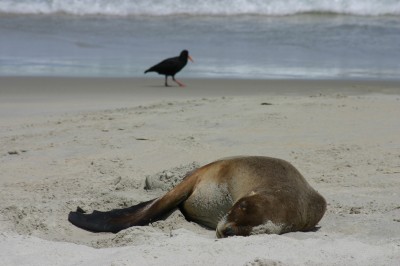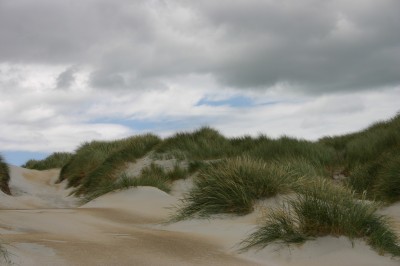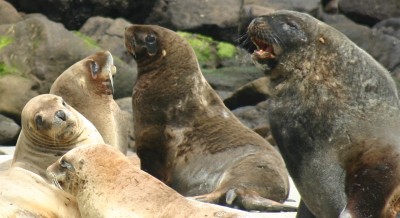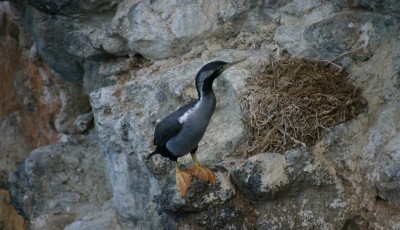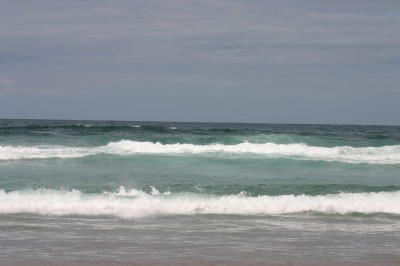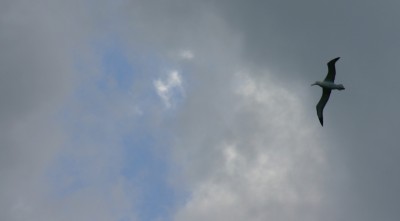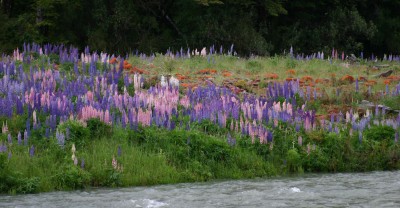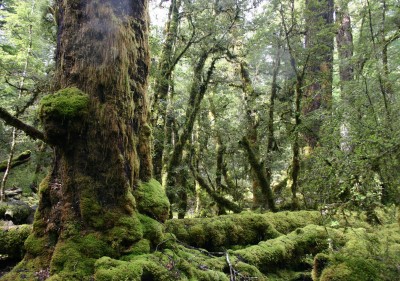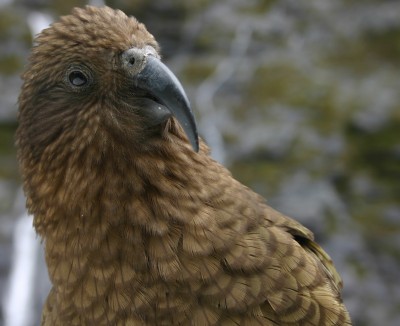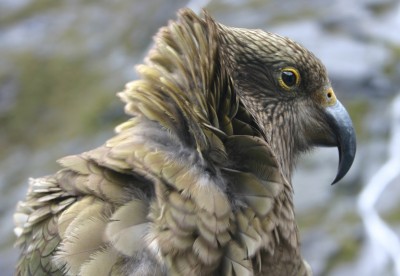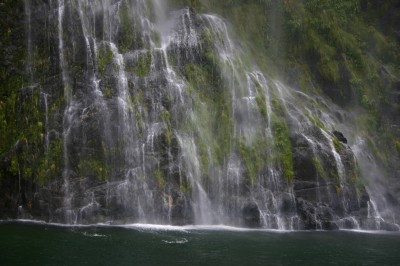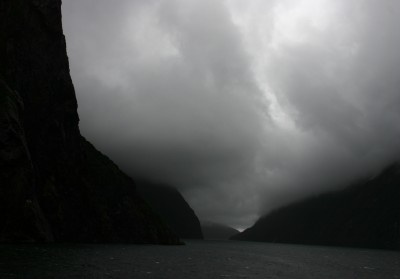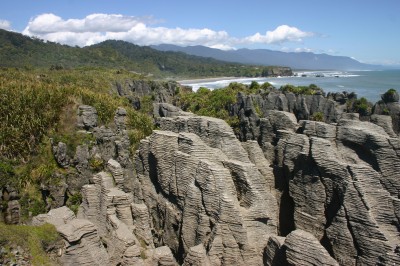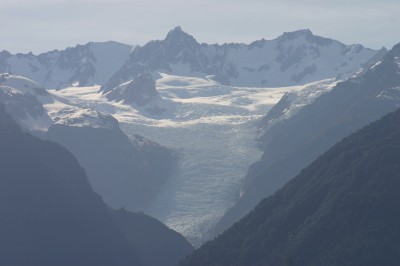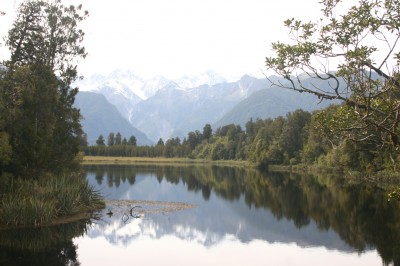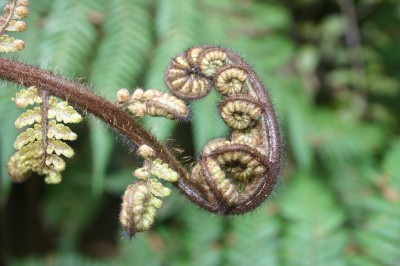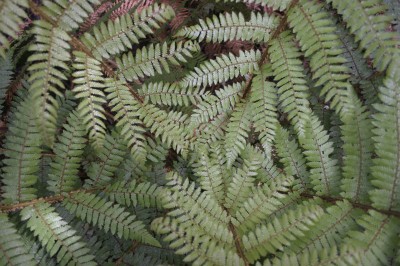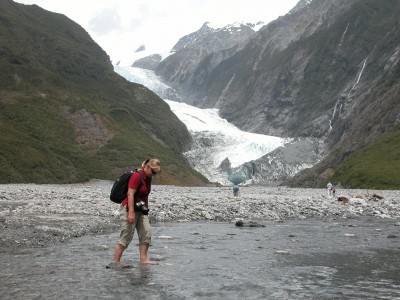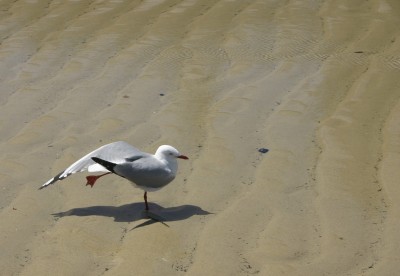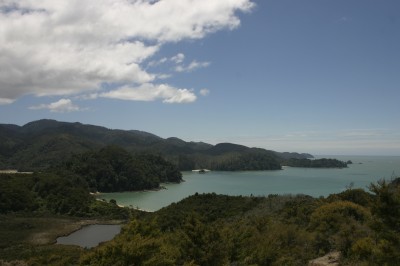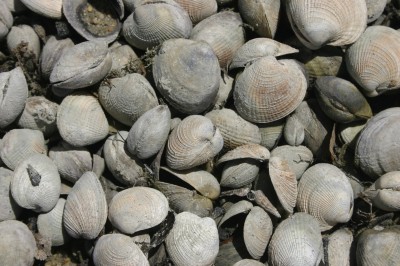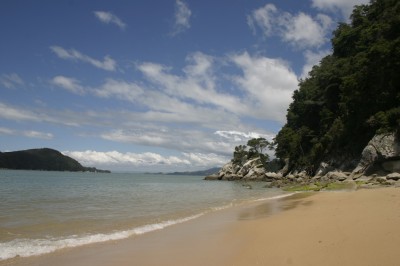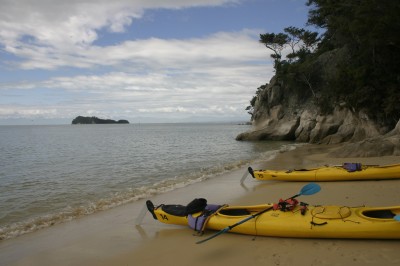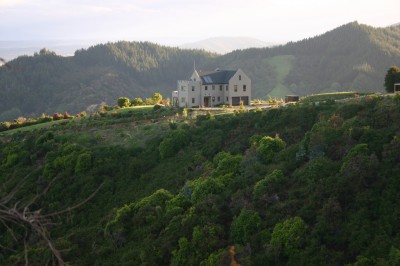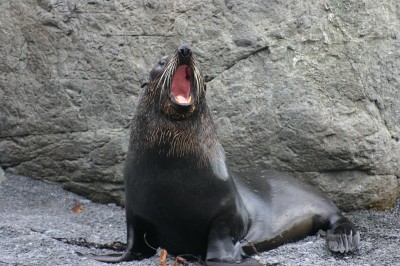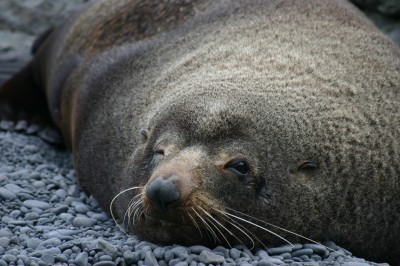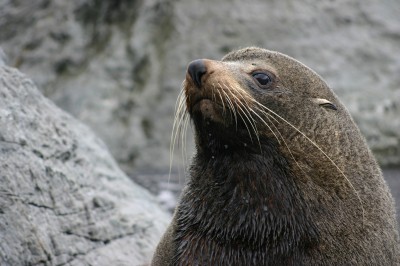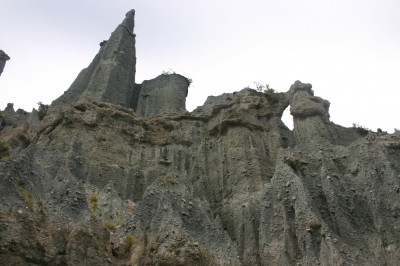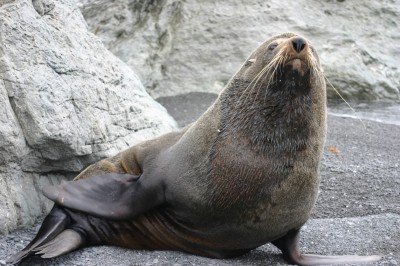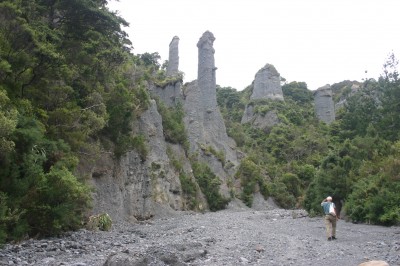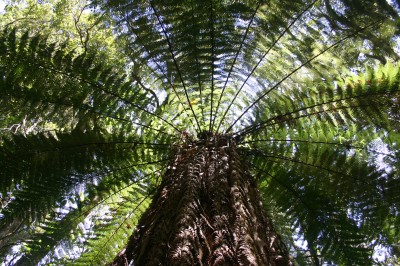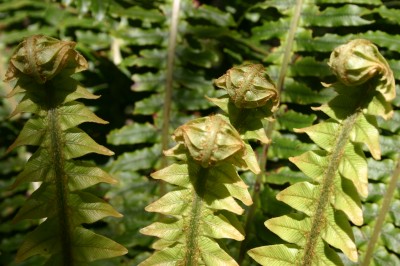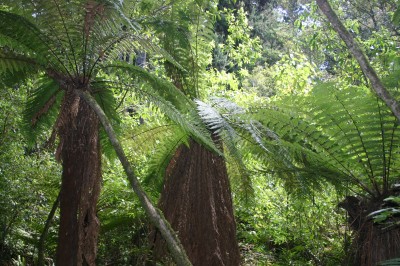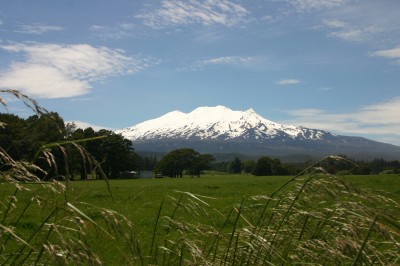It is a very special feeling to sit outside and drink a cup of coffee while royal albatross from the world’s only mainland albatross colony circle elegantly overhead. With a wingspan of three metres they glide with snowy white grace on hot air currents, sometimes accompanied by their noisy but pretty cousins, the red-billed seagulls – that spend their time squawking, flapping their wings and landing beside us to check out the possibilities of gleaning some tasty crumbs.
Such traffic there is in the late afternoon when the birds come home to roost after a busy day in the air! It is like Heathrow Airport, with each bird cleverly finding its right spot, here on the most north eastern point of the Otago Peninsula. Also nestled on the steep ledges of the cliffs are spotted cormorants and in a tree that bravely hangs on to the rock for dear life are three spoonbill storks.
Another special privilege is getting up close to the world’s smallest penguin, the blue penguin (or fairy penguin). These shy little cuties that weigh a mere one kilogram and stand about 30 cm high, are nocturnal, so it takes a good deal of patience (and warm clothing) to experience them. I get into position on Pilot’s Beach, right behind the albatross colony, hours before dark and hang around in the company of a few seals and a few other tourists.
It gets darker and darker and chillier and chillier. Finally, I am rewarded. At about 10 pm several groups (called rafts) of penguins speed-swim and dive like porpoises in the water until they land on the rocky coast. They have spent their whole day out on the Pacific Ocean fishing and now it is time to come home. With their tummies full they check to see if the coast is clear before they waddle uphill to their nests containing their waiting partners and hungry chicks.
The little silhouettes pass so closely by me as I sit stock still in the dark that I can hear the shuffle of their tiny feet on the loose stones. Once the families are reunited, the nesting area echoes with the sound of penguins – a sound that is hard to describe but familiar to anyone who has seen National Geographic films from the Antarctic or other penguin hotspots.
The third treat of the day was seeing the world’s rarest penguin, the yellow-eyed penguin. These birds weigh about five kilograms and are much easier to see in the daytime. The only place they can be found is New Zealand and there are a mere 4000 of them. Watching them come up from the water, stomach surfing their way in to the sandy beach, and then clambering up the slope to get to their nests, is quite entertaining.
Even more entertaining is the show the sea lions put on the next day at a lovely sandy beach at Sandfly Bay on the south coast of Otago Peninsula. These huge rolls of fat are much bigger than New Zealand’s fur seals. They loll on the beach, half-buried in the sand. Occasionally a flurry of sand flies through the air as a sea lion flips wet sand over itself in an attempt to cool off. The big animals roll and twitch and scratch, trying to find a comfy position free of flies.
Further on down the beach a huge and masculine sea lion (bull?) comes dashing out of the water making a beeline for a group of smaller sea lions. It seems like there are a couple of cinnamon-coloured females and a couple of black sea lions that may be young males. They play-fight (or is it for real?), biting at each other’s throats, gracefully twining necks with each other and showing muscle. The big male, obviously boss of the lively group, has his work cut out for him as he tries in vain to keep things on an even keel.

